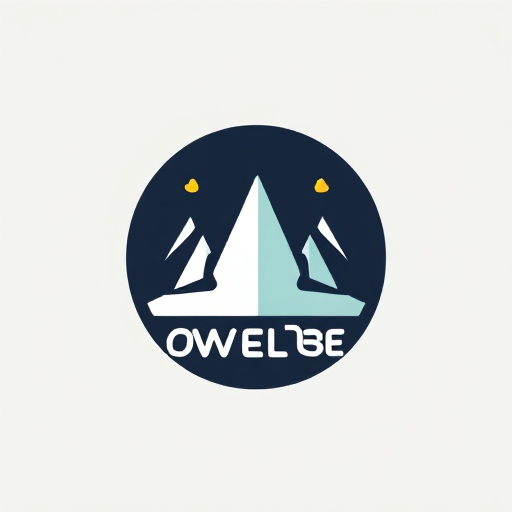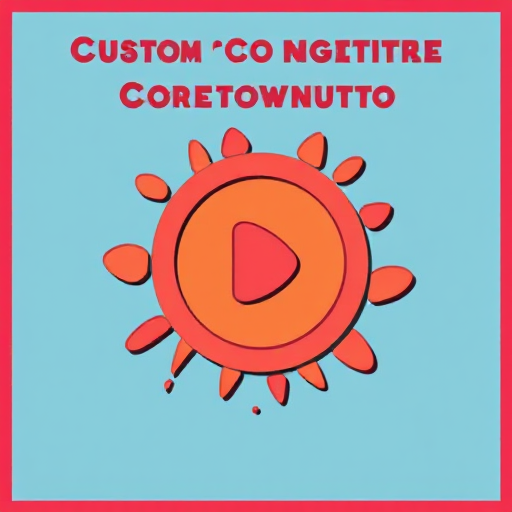Blogging Or Instagram: Which Platform Is Right For You?
In today’s digital world, blogging and Instagram have become two popular platforms for building a personal brand, reaching an audience, and even earning income. Both are great for content creation but serve different purposes and appeal to various audiences. If you’re wondering which platform to focus on for creating and sharing content, understanding the strengths, challenges, and opportunities each offers can help you make the best choice.
Find Out How To Make Money As A Full-Time Writer/Blogger Guide
What is Blogging?
Blogging involves writing long-form content, often through personal websites or platforms like WordPress, Medium, or Blogger. Bloggers typically focus on topics that they are passionate about, such as lifestyle, fashion, travel, food, or personal finance.
Key Features of Blogging:
- Long-Form Content: Blogs allow for in-depth discussion on various topics. This makes it perfect for people who enjoy writing detailed information or narratives.
- SEO Optimization: A blog can be optimized for search engines (SEO), which helps drive organic traffic to the site. Properly optimized posts can continue to bring in visitors over a long period.
- Personal Brand Development: Blogging helps creators build authority in a particular niche, allowing them to establish themselves as experts.
- Monetization Options: Bloggers can earn revenue through affiliate marketing, sponsored posts, advertisements, and selling products or services.
Find Out How To Make Money As A Full-Time Writer/Blogger Guide
What is Instagram?
Instagram is a highly visual social media platform where users share images, short videos, and stories. It’s a powerful platform for reaching a large audience quickly, especially for visual brands and influencers.
Key Features of Instagram:
- Visual Content: Instagram is based entirely on visual media. Users engage primarily with photos, short videos, carousels, and reels.
- Instant Engagement: Instagram allows for quick audience engagement through likes, comments, direct messages, and story interactions.
- Real-Time Interaction: Instagram’s features, like Stories, Live, and Reels, allow creators to connect with their audience in real time.
- Influencer Partnerships: Instagram is a preferred platform for brand collaborations. Creators can work with brands on sponsored posts, reels, or story takeovers.
Comparing Blogging and Instagram
1. Content Format
- Blogging: Primarily text-based, with a focus on long-form, informative, and detailed content. Visuals like images and infographics can be added to enhance posts.
- Instagram: Focuses on images and short videos, making it ideal for showcasing visual content or quick updates.
2. Audience Engagement
- Blogging: Engagement happens through blog comments, social media shares, and email newsletters. Blog readers often spend more time on each post due to its detailed nature.
- Instagram: Engagement is immediate and includes likes, comments, DMs, and reactions on Stories. The platform encourages quick interactions and frequent posting.
3. Monetization Options
- Blogging: Revenue can be generated through multiple streams, such as ads, sponsored content, affiliate links, digital products, and services.
- Instagram: Monetization occurs through brand partnerships, sponsored posts, affiliate marketing, and features like Instagram’s Shopping and brand ambassador programs.
4. SEO and Discoverability
- Blogging: Blogs can rank on search engines, bringing in consistent, organic traffic long-term. SEO plays a crucial role in driving traffic to a blog.
- Instagram: Instagram doesn’t rely on SEO, but the platform’s algorithm can increase a post’s reach if it performs well. Discoverability mainly depends on hashtags, location tags, and shares.
5. Brand Building and Community
- Blogging: Blogging allows creators to develop their personal brand through consistent, valuable content. Readers who engage with blogs tend to be highly interested in the topic and often follow long-term.
- Instagram: Instagram is highly effective for building a personal or brand image visually. Creators can showcase their lifestyle, personality, and interests directly, building a close connection with followers.
6. Time and Resources
- Blogging: Writing quality blog posts can be time-consuming, involving research, writing, editing, and SEO optimization.
- Instagram: Instagram content creation may involve photo editing, caption writing, and consistent posting. However, compared to long-form writing, it often takes less time per post.
Make Money in 7 Days as an Entertainment Blogger and Affiliate Marketer – The Easy Way
Which Platform is Best for You?
Choosing between blogging and Instagram depends on your strengths, goals, and target audience.
- Choose Blogging If:
- You enjoy writing and want to provide in-depth content.
- You want to build authority in a specific niche through detailed posts.
- You prefer a long-term content strategy focused on SEO and consistent traffic.
- Choose Instagram If:
- You prefer creating visual content and want to engage quickly with followers.
- You aim to build a community through real-time interactions.
- You’re interested in influencer marketing or want to collaborate with brands frequently.
- Consider Using Both Platforms: Many creators use Instagram to drive traffic to their blogs or share highlights of their blog content. Instagram can also be an excellent way to grow your following quickly, while blogging allows for deeper, more searchable content.
Make Money in 7 Days as an Entertainment Blogger and Affiliate Marketer – The Easy Way
Both blogging and Instagram offer unique advantages, and using them in tandem can help you reach a larger audience, grow your brand, and create multiple income streams.







